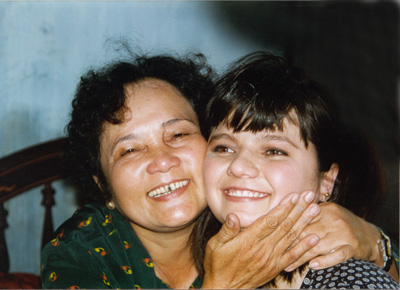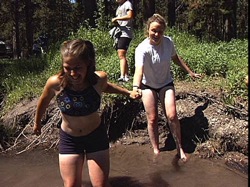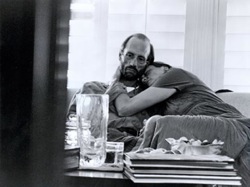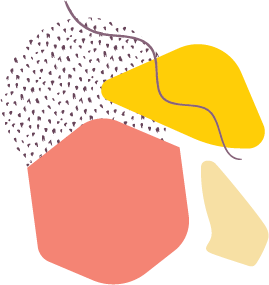In 1975, as the Vietnam War was ending, thousands of orphans and Amerasian children were brought to the United States as part of Operation Babylift. Well meaning on the surface, but causing untold ripples in peoples’ lives, the saga continues today. This is the dramatic story of one of those children and her Vietnamese mother reunited 22 years later. Through intimate and sometimes excruciating moments, this film shows how wide the chasms of cultural difference can be. (Grand Jury Prize, Best Documentary, Sundance Film Festival 2002)
Summary info for schedule – will be hidden on film page

Daughter From Danang
80-minutes
A dramatic and surprising story of a 22 year old Amerasian girl who returns to Vietnam to meet her mother. The film shows the joys and complexities of a cross-cultural encounter.
Screening day / time
Check Back Soon
Daughter From Danang
Filmmaker(s)
Filmmaker info pending
Running Time
80 minutes
Daughter From Danang
Filmmaker Notes:
In many ways we like to think of the film as having chosen us. We weren’t actively looking for a Vietnam-related subject, we didn’t decide to research Operation Babylift nor did we do an extensive search to select a potential primary character whose story we wanted to tell. In fact, here’s how it all began. Gail was at a party and ran into her old friend, journalist T. T. Nhu. Gail and Nhu had known each other since their days as activists working to end the Vietnam War. Nhu had recently returned from a trip to Vietnam and was describing her experience of delivering a letter to a Vietnamese mother in Danang who hadn’t heard from her Amerasian daughter in 22 years. As she described the emotional intensity of the scene, Gail remembers feeling her documentary filmmaker’s heartbeat accelerate. She expressed to Nhu that she thought it was unfortunate no one had traveled with her to document the moment. Nhu responded saying that Heidi was planning to make the trip to meet her mother — maybe we wanted to come along. Gail instantly knew there was a film to be made about the ensuing mother-daughter reunion and immediately called Vicente. Six weeks later we were in Vietnam. We weren’t quite sure of the scope of the film that might result from the trip, but there was no time to waste wondering. If we joined Heidi Bub on her return to Vietnam, we would at least be able to capture the reunion and what we believed would be a re-connection by Heidi with her long forgotten Vietnamese roots. The cultural divide between Pulaski, Tennessee where Heidi had been raised since age seven and her family and background in Danang seemed rich in possibilities. Our motivation as filmmakers is always inspired by passion-driven stories and the opportunity to step into the unknown and capture life as it reveals itself. In this case, we certainly were as unprepared as Heidi for what was about to unfold. We all believed that the reunion would be a healing story, a kind of full-circle coming home. The war in Vietnam was long over and we could create a film that, we believed, would ease the collective pain that is still connected to the war. The tragic drama of Heidi’s reunion with her mother, however, reminds us that wars don’t end when peace treaties are signed and bombs stop falling. It can take generations to heal from the wounds of war.




